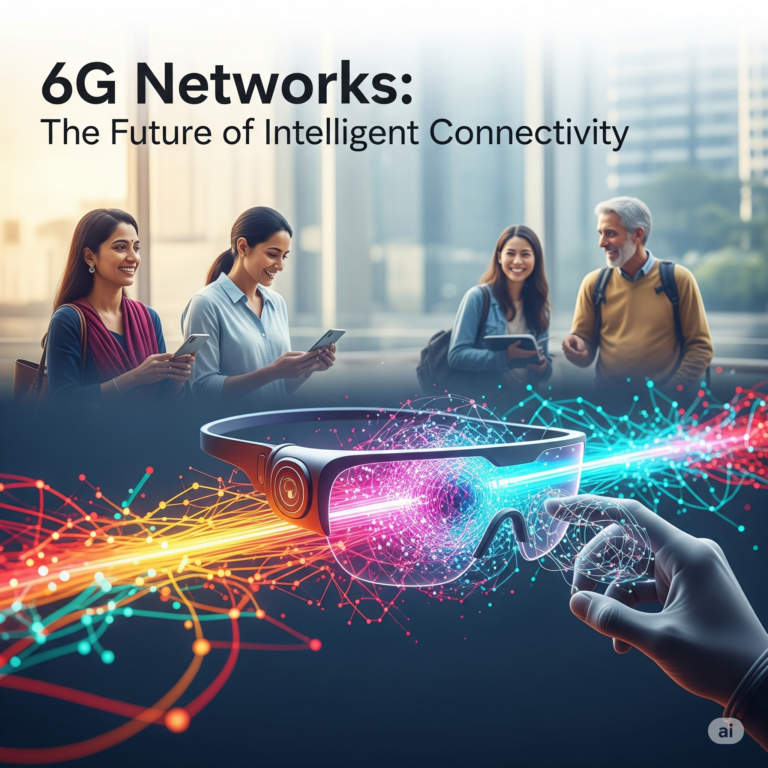🗞️ 6G Networks and the Future of Smart Connectivity
Published on June 14, 2025
By [ TechAI230.com ]
📶 The Race to 6G Has Officially Begun
Just a few years after the rollout of 5G, the world’s leading tech nations are already investing billions into 6G — the next frontier of wireless communication. Unlike 5G, which focused on speed and latency, 6G is about intelligence, sensing, and immersive experiences.
Expected to roll out commercially by the early 2030s, 6G will power everything from real-time holograms to autonomous cities and advanced AI systems running at the edge.
⚡ What Makes 6G Different?
6G isn’t just a faster 5G — it’s a completely new communication model.
Key innovations include:
- 🌐 Speeds up to 100x faster than 5G
- 🔁 Ultra-low latency of under 0.1 ms
- 🧠 Built-in AI for traffic prediction and self-optimization
- 🛰️ Integration with satellites for global coverage
- 🧩 Terahertz (THz) spectrum for massive data capacity
In other words, 6G is not just about connecting people — it’s about connecting intelligence.
🧠 Smarter Than Ever: AI + 6G
One of the most exciting parts of 6G is how it combines with Artificial Intelligence. Unlike past networks, 6G will use embedded AI to manage traffic, optimize energy use, and adapt to user needs in real-time.
Imagine:
- Smart factories adjusting production based on demand signals received instantly
- Autonomous vehicles communicating with each other and infrastructure with zero delay
- Doctors performing remote surgery with perfect haptic feedback and zero lag
This is not science fiction — it’s the roadmap being developed by tech giants like Samsung, Huawei, Ericsson, and Nokia.
🌍 Real-World Applications on the Horizon
Here’s where 6G is expected to have the biggest impact:
- Immersive Experiences
6G will enable full augmented and virtual reality, with realistic holograms and seamless interactions. Picture holographic meetings, virtual tourism, and 3D digital twins of cities. - Hyperconnected Cities
Urban environments will become “alive,” with AI-powered traffic systems, smart energy grids, and real-time environmental monitoring — all connected by 6G. - Advanced Healthcare
With ultra-low latency, doctors can perform real-time diagnostics and surgeries from thousands of miles away, using robotic systems and haptic sensors. - Space and Global Connectivity
Thanks to satellite integration, even remote regions and oceans will be connected to ultra-fast, reliable internet.
⚠️ The Roadblocks Ahead
As with every major tech leap, challenges remain:
- Developing affordable, energy-efficient 6G devices
- Building global infrastructure, including satellite networks
- Creating standards and regulations across countries
- Ensuring cybersecurity and data privacy at much larger scales
Governments, telecom companies, and academic institutions are already collaborating to address these barriers.
🚀 The Future of Connectivity Is Intelligent
6G isn’t just about better phones — it’s the foundation for a fully intelligent, connected world. It promises a digital environment where every object, system, and person can communicate and make decisions in real time.
As we move toward 2030, the phrase “smart device” might soon evolve into “thinking network.”
✅ Final Thoughts
While 5G changed how we connect, 6G will redefine what connectivity means. The devices of the future won’t just be connected — they’ll be aware, responsive, and part of a living, learning digital ecosystem.
And the best part? That future is already being built.


